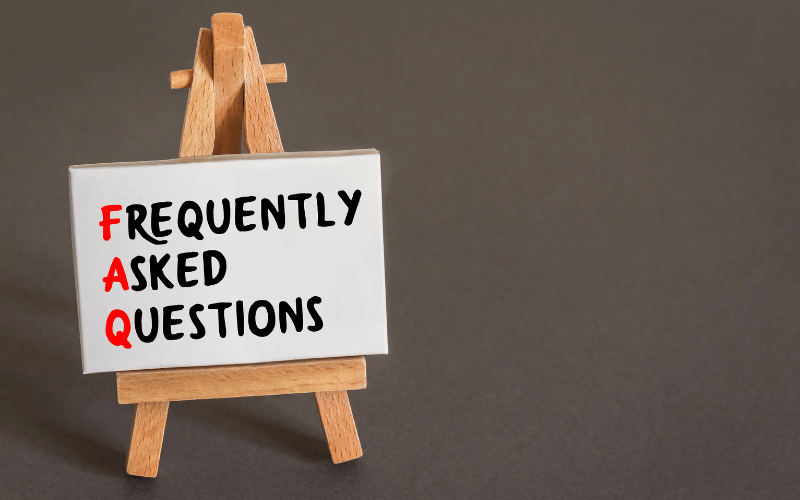Frequently Asked Questions

1. What exactly is Dieulafoy’s lesion?
Dieulafoy’s lesion is a relatively rare, yet potentially life-threatening condition, characterized by an abnormally large artery in the wall of the stomach (or occasionally in the esophagus). This artery can become prone to tear or rupture, leading to sudden and significant gastrointestinal bleeding.
2. How is Dieulafoy’s lesion different from regular stomach ulcers?
While both Dieulafoy’s lesion and stomach ulcers can cause gastrointestinal bleeding, their origins differ. A stomach ulcer is a sore that develops on the lining of the stomach due to the erosion caused by stomach acid. In contrast, Dieulafoy’s lesion is not an ulcer but an anomaly in the arterial system, which can bleed profusely when ruptured.
3. Are there specific risk factors for developing Dieulafoy’s lesion?
The exact cause of Dieulafoy’s lesion remains unknown, and it can occur in individuals without any predisposing factors. However, some studies suggest a potential association with chronic illnesses, prolonged use of NSAIDs, and certain vascular conditions. It’s essential to consult a medical professional for a personalized risk assessment.
4. How is Dieulafoy’s lesion diagnosed?
Dieulafoy’s lesion can be challenging to diagnose due to its intermittent bleeding nature. Endoscopy is the most common diagnostic method. During an endoscopic examination, a thin, flexible tube with a camera is inserted through the mouth to visualize the stomach lining, helping identify the bleeding site. Sometimes, multiple endoscopies might be required.
5. What are the treatment options for Dieulafoy’s lesion?
Once diagnosed, the primary aim is to stop the bleeding. Endoscopic treatments, such as cauterization or clipping of the lesion, are frequently employed. In cases where endoscopy is unsuccessful, angiographic embolization or even surgery may be considered. It’s crucial to discuss treatment options and potential risks with a healthcare provider.
Conclusion: Piecing Together the Puzzle of Dieulafoy’s Lesion
The human body, in all its complexity, continually strives to maintain equilibrium. Dieulafoy’s lesion, with its subtle yet alarming symptoms, serves as a stark reminder of the intricate balance our systems attempt to uphold. The signs, ranging from gastrointestinal bleeding to an unexplained feeling of fullness, aren’t merely random occurrences but an intricate dialogue the body initiates to signal an internal disruption. Recognizing these symptoms, understanding their gravity, and seeking timely intervention can be pivotal in managing this rare yet significant medical condition.
Diving deep into the world of Dieulafoy’s lesion underscores the broader realization of how essential awareness and knowledge are in today’s era. With conditions like this that can easily masquerade under the guise of common ailments, it becomes paramount to remain vigilant. Through shared knowledge, consistent dialogue, and advanced medical strides, we arm ourselves better, not just to identify but also to confront and navigate the labyrinthine pathways of rare medical conditions like Dieulafoy’s lesion.